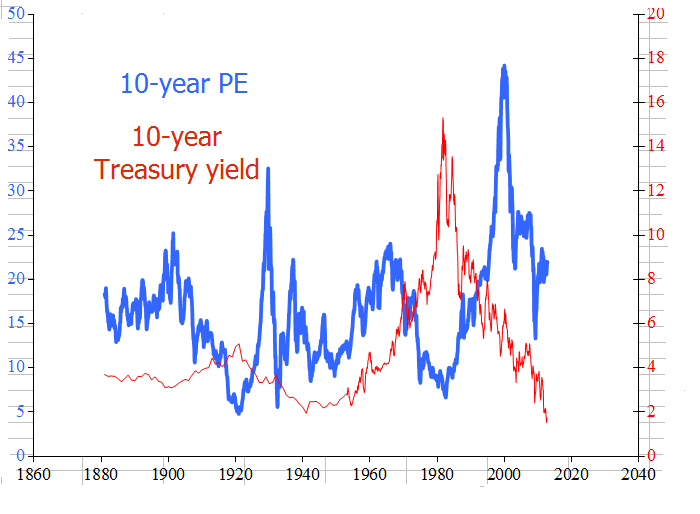By Jeremy Schwartz, CFA, Executive Vice President, Global Head of Research
Our latest Behind the Markets podcast features Audrey Choi, the chief sustainability officer at Morgan Stanley. Choi started her career as an investigative journalist covering post-reunification Germany.
She spent six years in the Clinton administration, where she was chief of staff to Janet Yellen. She also worked on Internet policy as an advisor to Al Gore. She joined Morgan Stanley 13 years ago, and in 2009, Morgan Stanley launched a Global Sustainable Finance Group.
Morgan Stanley launched its first set of sustainable investing portfolios in 2012 and had a “stretch” goal of raising $10 billion over five years. Eight years later, their team has $47 billion in sustainable portfolio assets.
Exponential Growth
Back in 2009, sustainable finance and sustainable investing were not common terms, but Morgan Stanley felt this was part of mainstream capital market activities. Only 10% of investment mandates included sustainability considerations. Now, Choi sees exponential growth.
According to the latest asset owner survey Choi’s team conducted, more than $12 trillion in U.S. assets have sustainable goals—more than one in four dollars invested. Globally, the sustainable rates are even higher, with one in three dollars invested in sustainable mandates.
Millennials and women were early adopters of sustainable goals, but over the last decade, men have closed the gap. Today, 85% of investors suggest they want their personal priorities incorporated into investments. Further, 95% of institutional investors say they either want to incorporate sustainable goals or plan to in the future.
In the early years, the biggest challenge for sustainable investing adoption was the fear that it would come at the expense of returns. Choi and
Lower Volatility
Morgan Stanley founded the Institute for Sustainable Investing and looked at 11,000 mutual funds over 15 years of performance. Their research found no trade-off in lower returns, but sustainable funds had less downside risk and volatility. That trade-off attracted clients to sustainable investing, with their data showing investors do not need to sacrifice returns to achieve their personal priorities.
The next challenge is to understand how investments are aligned with goals such as climate change or eliminating waste and pollution. Morgan Stanley has developed tools to x-ray a portfolio for various sustainability exposures.
Sustainable investing is often incorporated into thematic expressions, and the top three themes from the recent survey of asset owners showed interest in climate change, plastic waste reduction and a circular economy (taking a resource and recycling its use multiple times).
Morgan Stanley believes firms focused on sustainable investments need to go beyond the investment offerings to living and breathing the ethos of sustainable investing.
Plastics Scourge
Since plastic was invented, we’ve created eight trillion metric tons of plastic and six trillion have stayed as waste. Morgan Stanley committed to facilitating the prevention, reduction, and removal of 50 million tons of plastic waste from rivers, oceans, and landfills. Morgan Stanley worked with the World Bank to issue a $10 million bond with the specific focus on trying to reduce plastic waste.
Later, Morgan Stanley worked with Pepsi to issue a $1 billion bond, with a significant amount of the proceeds intended to reduce plastic waste from their value chain. Then, Morgan Stanley worked with Alphabet to issue a $5.75 billion bond—the largest green bond issued to date—that had green goals and circular economy intentions. To Choi, this showed there is large demand for financial instruments tied to sustainable investment goals.
Morgan Stanley also recently launched a sustainable assets solution accelerator that is giving out five awards of $250,000 to accelerate solutions focused on issues like climate change that need both capital and a partnership to aid their development.
This was a great conversation on one of most important trends in the market today. You can listen to our full conversation with Audrey Choi below.
Photo Credit: Bonnie Moreland via Flickr Creative Commons
Disclosure: Certain of the information contained in this article is based upon forward-looking statements, information and opinions, including descriptions of anticipated market changes and expectations of future activity. WisdomTree believes that such statements, information, and opinions are based upon reasonable estimates and assumptions.



